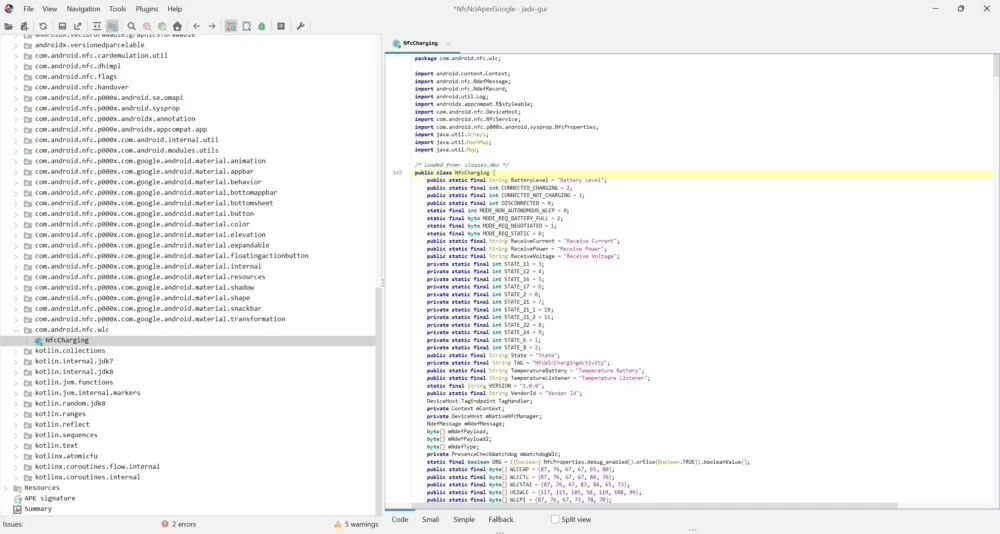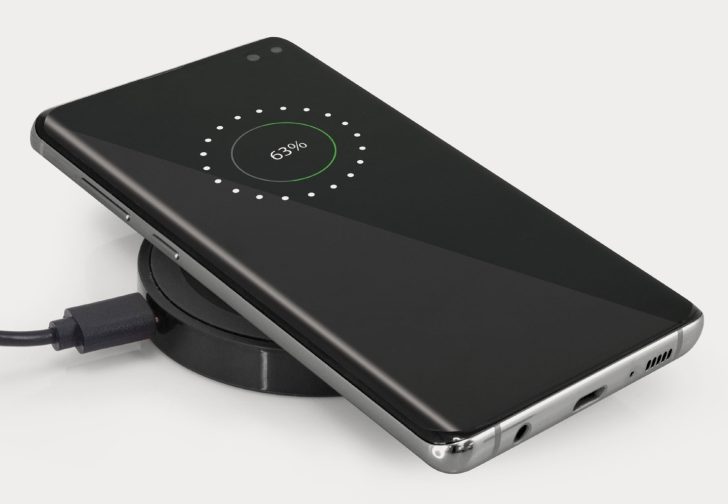Igeekphone April 16 news, when it comes to wireless charging, most people may first think of the Qi standard. Qi wireless charging has been around for a long time and is widely used in many smart devices we use every day. However, many small electronic devices do not support Qi wireless charging, which is because there is not enough space inside the small device to accommodate a large coil to receive enough power. In response to this problem, the Near Field Communication (NFC) industry association has previously created a special NFC wireless charging (WLC) specification.
According to IT House, NFC wireless charging was announced in May 2020, and the antenna size used is much smaller than Qi wireless charging. The NFC wireless charging antenna can be less than 1cm in size and packaged in a flexible and bendable printed circuit board, so it can be tucked into very small smart devices like headphones, stylus, smartwatches and trackers. In addition, the same antenna can also be used for traditional NFC data transmission, saving more space. Many small, low-power devices, such as trackers, already contain NFC chips for basic data transmission, so replacing them with a single antenna for communication and charging would be very practical.

Despite being announced nearly four years ago, the penetration of NFC wireless charging technology is not high. One reason for this may be the lack of support for major operating system platforms like Android. However, the upcoming Android 15 is preparing to add support for NFC wireless charging, which could pave the way for a range of WLC-enabled accessories to enter the market.
Last week, Google released Android 15 Beta 1, which significantly changes the NFC module of the operating system. For example, the system application that handles NFC-related events now includes a class called NfcCharging that can start and stop NFC charging, read the charging information load sent over NFC, and so on.
Android 15 Beta 1 also includes new features for the operating system NFC API related to WLC that are not yet available in AOSP. Interestingly, Google first attempted to add WLC support in late 2021, nearly a year and a half after the WLC specification was first released, but later abandoned the work. However, earlier this year, Google seemed to have renewed its interest in implementing WLC support in Android.
An interesting application for NFC wireless charging is trackers. Trackers are generally too small to accommodate Qi wireless charging coils, their batteries are also small, don’t require much power to fully charge (WLC can send up to 1W of power at a distance of 2cm), and already have an integrated NFC chip. While many trackers have up to a year of battery life, some of them use non-rechargeable batteries. By integrating NFC wireless charging support, future trackers will be easier to maintain and charge.
Another potential use case is charging a stylus. In fact, the USI 2.0 specification has NFC wireless charging built in, so USI 2.0 stylus on the market can already be charged via NFC. But charging them still requires compatible devices that include NFC charging transmitters.
Once NFC wireless charging support is integrated into Android, wireless charging will become more common and can be applied to small devices such as headphones, stylus, smartwatches and trackers.










